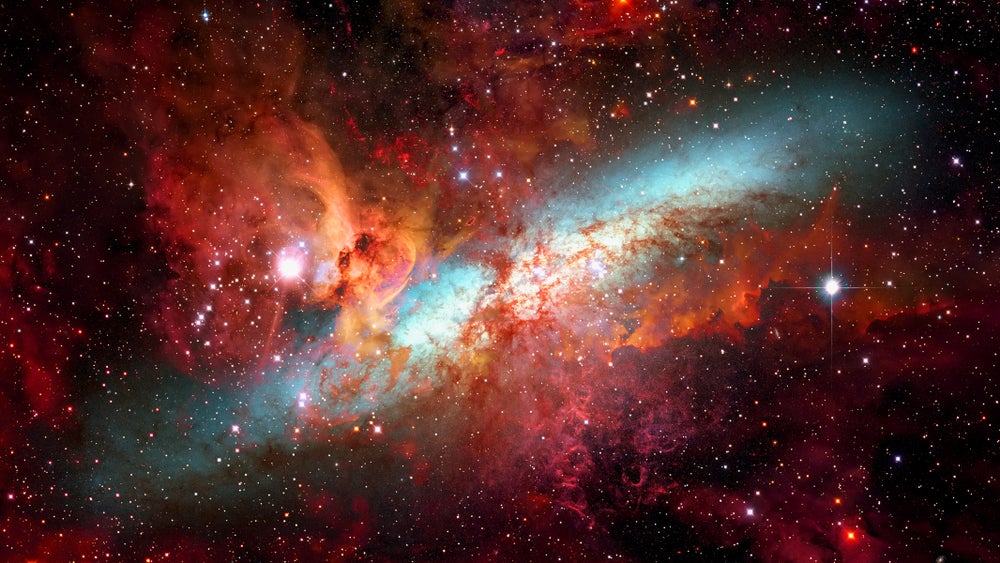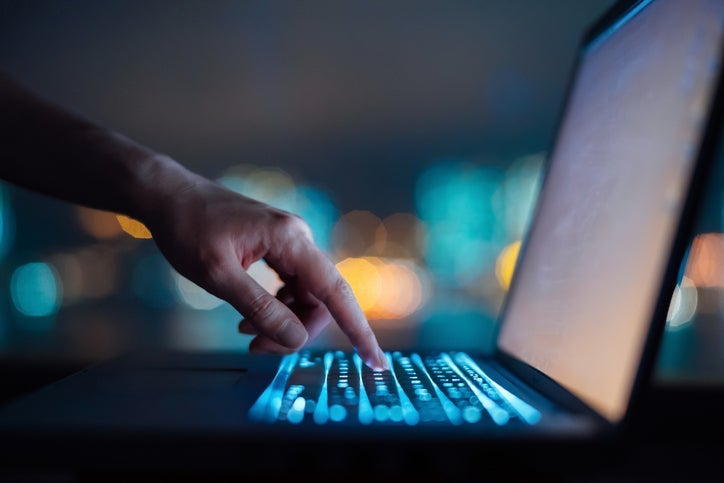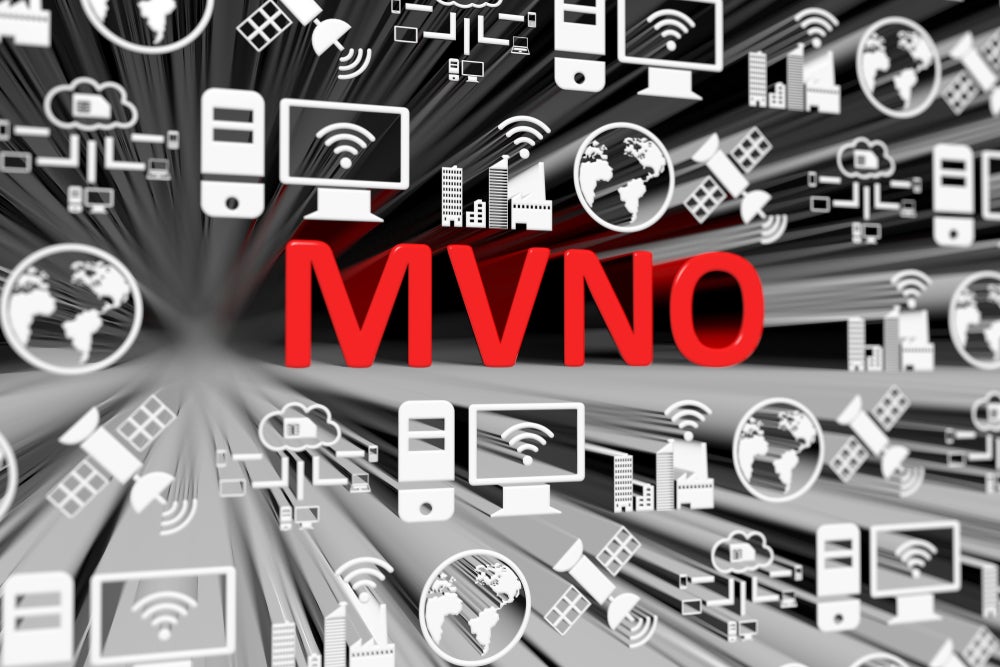In July 2022, internet interest was piqued by an infrared photo of space.
Webb’s First Deep Field, as the photo was called, showed us what the naked eye is unable to see—sprawling stars and galaxies in high-definition, unveiling just how vast our universe is.
From the manned space vehicle that successfully landed on the moon in 1969, to the $10bn James Webb telescope that captured the photo more than five decades later, technology is inextricably involved in the exploration of space.
We are only at the onset of space exploration and upcoming technological developments—specifically the rapid acceleration of artificial intelligence (AI)—could herald a new era for the space economy.
Mapping space
AI is increasingly being used in galaxy mapping. This is a practice that, as the name suggests, allows us to pinpoint the positions of stars, galaxies, and other celestial bodies in our universe with improved precision. In March 2023, researchers at Osaka Metropolitan University mapped molecular clouds, using AI to help determine their mass and size.
Similarly, researchers at the University of Pennsylvania trained an AI model using datasets from IllustrisTNG, a simulation of galaxy formations. When fed new data, the model was able to replicate a map of our galaxy and highlight never-before-seen filaments.

US Tariffs are shifting - will you react or anticipate?
Don’t let policy changes catch you off guard. Stay proactive with real-time data and expert analysis.
By GlobalData‘To infinity and beyond’
This new iteration of generative AI is an incredible asset to the study of space. As human space travel has yet to advance beyond the moon, we rely on data provided by telescopes, probes, and satellites to guide us through the universe.
Being able to manipulate this complex data using AI can help us see further than we have ever seen before. Right now, AI can help us map the stars. In the future, it may provide the key to helping us reach them as it begins to lead us ‘to infinity and beyond’.









